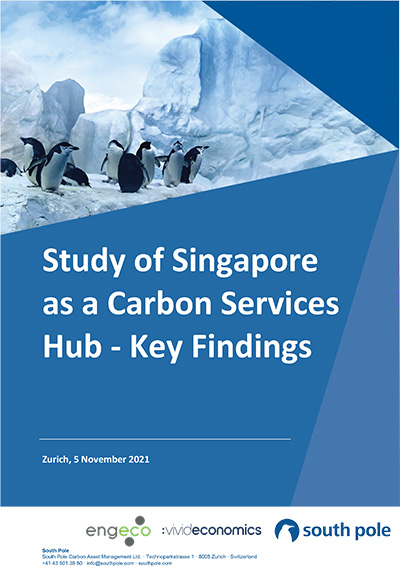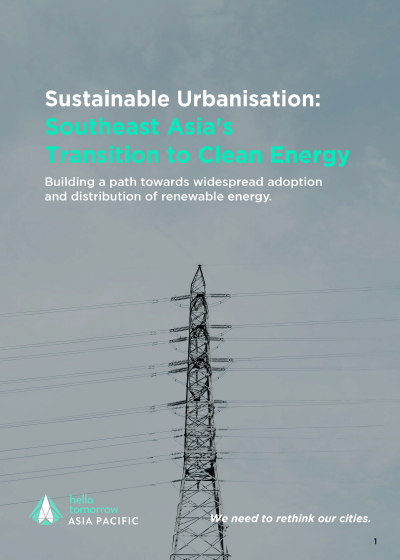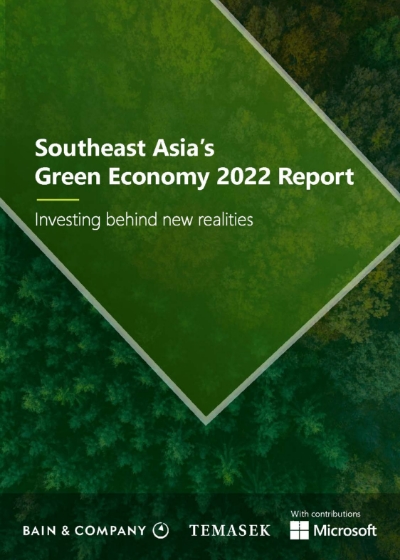Saving Earth is a big business. McKinsey & Company estimates that the global required investments to bring about necessary transformations could reach US$9.2 trillion (S$12.3 trillion) annually until 2050. Of this, low-emissions assets such as renewable energy sources and infrastructure — electric light rail systems, energy-efficient buildings, waste-to-energy plants, and the like — will account for US$6.5 trillion.
Meanwhile, the increasing demand for net-zero products and services across sectors like transport, power, and carbon management could generate more than US$12 trillion in annual sales by 2030. As the global economy shifts into battling climate change mode, businesses must adjust to changes in fundamentals.
Demand for environmentally-friendly solutions and practices will increase as will pressure to shift capital from high-efficiency to energy-efficient activities, balance supply and demand, and maintain cost competitiveness.
Singapore’s pursuit of net-zero emissions by 2050 still has a way to go. As of November last year, the nation was rated “critically insufficient” by Climate Action Tracker, which evaluates governments’ mitigation targets, policies, and actions. Out of 38 countries and the European Union, Singapore, Iran, Russia, Saudi Arabia, and Thailand performed the worst.
However, there is a strategy in place. The Singapore Green Plan 2030, launched in 2021, is a bold to-do list that marshals the entire country’s efforts towards quantifiable sustainability measures, including increasing vegetation and green spaces and producing more food locally, reducing waste and carbon emissions, and enhancing renewable energy production.
In the coming years, the nation aims to establish yet another “hub”, this time for green finance and carbon services in Asia.
Balancing the scales of carbon exchange













